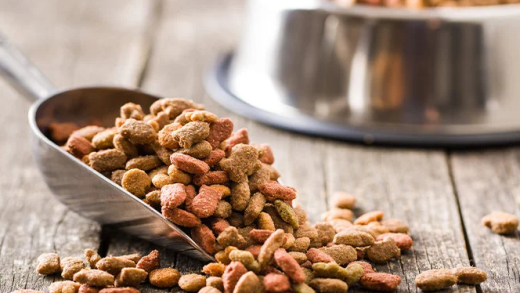Switching your dog’s food is a significant decision that can impact their health, energy levels, and overall well-being. Whether you’re looking to address specific dietary needs, improve your dog’s coat condition, or simply change to a more suitable brand, understanding how to transition your dog’s diet is crucial. This guide will provide you with a detailed, step-by-step approach to ensure a smooth and safe transition.
Understanding the Need for Change
Before diving into the logistics of switching your dog’s food, it’s essential to understand why you might want to make this change. Common reasons include:
1. Health Concerns: Your dog may have developed allergies, sensitivities, or health conditions that require a specialized diet.
2. Age Appropriateness: Puppies, adults, and senior dogs have different nutritional needs that must be met.
3. Quality Improvement: You may wish to switch to a higher-quality food that offers better ingredients and nutritional value.
4. Weight Management: If your dog is overweight or underweight, a different food may help achieve a healthier weight.
Choosing the Right Food
Selecting the right food is the first step in the transition process. Here are some factors to consider:
– Nutritional Requirements: Consult with your veterinarian to determine the specific dietary needs of your dog based on their age, breed, weight, and health status.
– Ingredient Quality: Look for foods that list high-quality protein sources as the first ingredient and avoid fillers like corn and soy.
– Brand Reputation: Research brands for recalls, customer reviews, and ingredient sourcing to ensure you choose a reputable manufacturer.
– Type of Food: Decide between dry kibble, wet food, or a raw diet based on your dog’s preferences and your lifestyle.
The Transition Process
Once you’ve selected the new food, it’s time to transition your dog. A gradual transition is essential to minimize gastrointestinal upset. Here’s a recommended approach:
1. Days 1-2: Mix 25% of the new food with 75% of the old food. Monitor your dog for any signs of distress, such as vomiting or diarrhea.
2. Days 3-4: Increase the ratio to 50% new food and 50% old food. Continue to observe your dog’s reaction.
3. Days 5-6: Adjust the mix to 75% new food and 25% old food. At this stage, most dogs should be adjusting well.
4. Day 7: If your dog has tolerated the new food without issues, you can switch to 100% new food.
Monitoring Your Dog’s Response
During the transition, keep a close eye on your dog’s behavior and health. Look for:
– Digestive Issues: Occasional loose stools may occur, but persistent diarrhea or vomiting warrants a consultation with your veterinarian.
– Energy Levels: A noticeable increase or decrease in energy can indicate how well your dog is adjusting to the new diet.
– Coat Condition: Changes in the quality of your dog’s coat can take time, but a healthy diet should eventually lead to a shinier, healthier appearance.
Common Pitfalls to Avoid
1. Rushing the Transition: A rapid switch can lead to digestive upset. Always adhere to the gradual transition method.
2. Ignoring Allergies: If your dog has known food allergies, ensure that the new food does not contain any allergens.
3. Neglecting Hydration: Ensure your dog has access to fresh water, especially when changing to dry kibble, as it can lead to dehydration.
4. Not Consulting a Veterinarian: If you have any concerns or if your dog has pre-existing health conditions, always consult your veterinarian before making dietary changes.
Conclusion
Switching your dog’s food can be a straightforward process if approached with care and consideration. By understanding your dog’s nutritional needs, selecting high-quality food, and transitioning gradually, you can help ensure that your dog thrives on their new diet. Remember, every dog is unique, and what works for one may not work for another. Always prioritize your dog’s health and well-being, and consult with a veterinarian when in doubt. With the right approach, you can make this transition a positive experience for both you and your furry friend.


